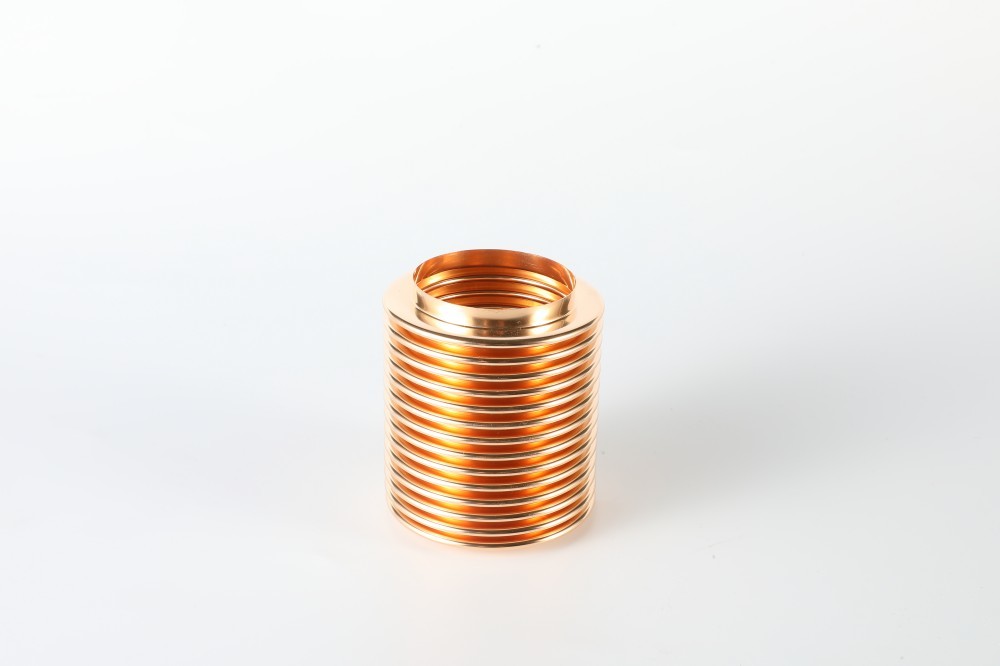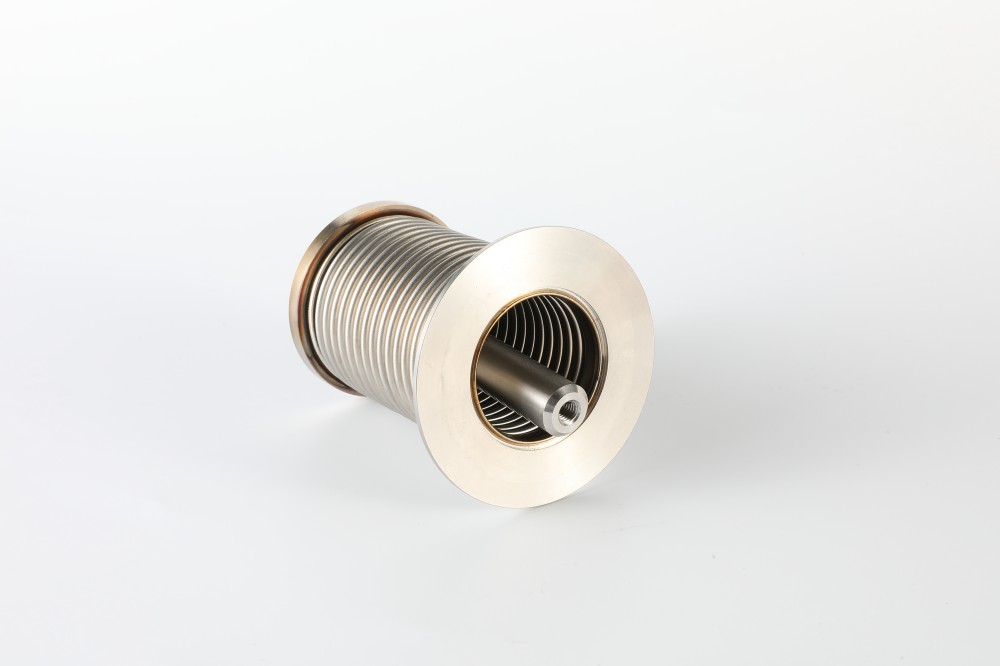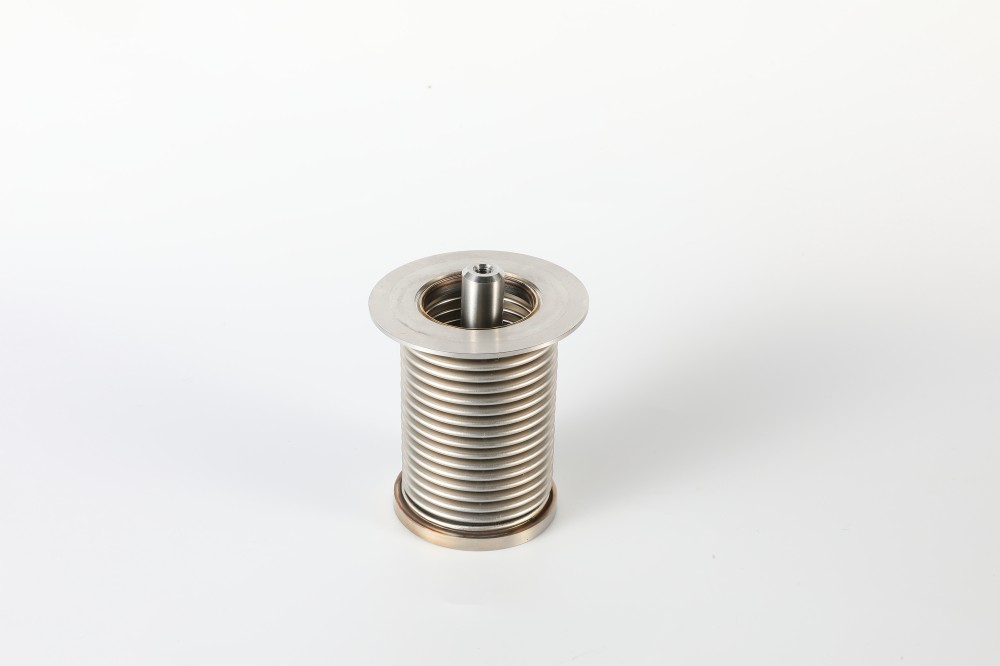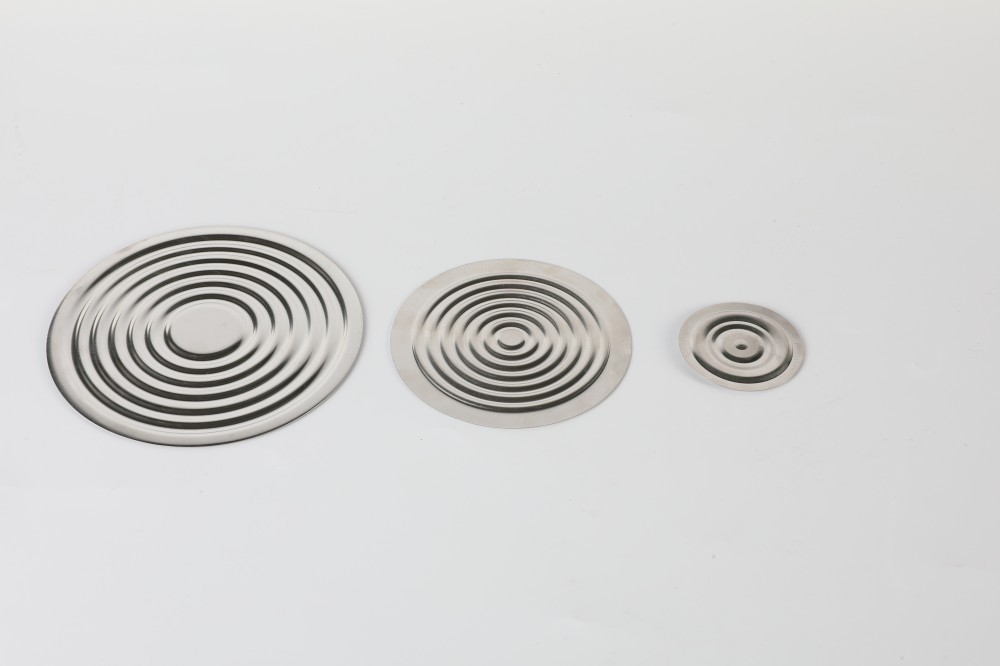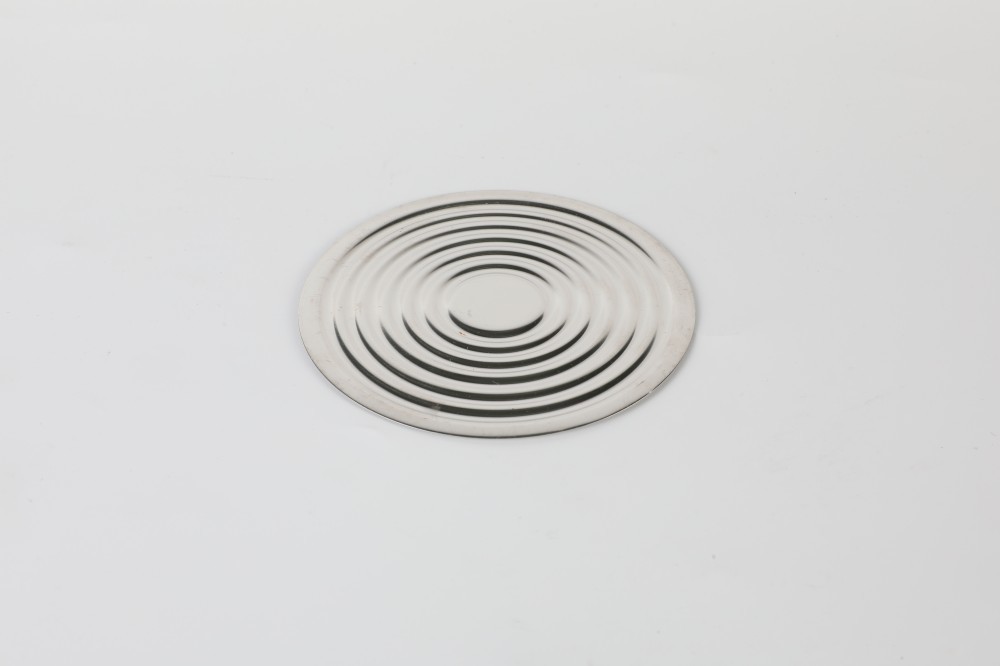↓
Metal bellows
What we produce
① What are the materials of corrugated pipes, their performance, and durability
② Size: length, diameter, and number of turns (accordion-like folds in bellows), impact on flexibility and strength of bellows
③ Pressure level: The pressure level of corrugated pipes, which is important for applications that require high-pressure or vacuum environments
④ Temperature range: The temperature range that can operate without degradation or failure.
⑤ End fittings: Type and size of end fittings for corrugated pipes, flanges, couplings, and threaded connections.
⑥ The common types we produce include formed corrugated pipes, welded corrugated pipes, and edge-welded corrugated pipes.
⑦ Testing and quality control, our production certificate advantage factory
⑧ Is there any persuasive evidence such as a case
● Tin Bronze Bellows
① Composition of tin bronze corrugated pipes, percentage of tin and other metals;
② Manufacturing process, casting process, forging process;
③ Quality standards, conforming to standards such as ASTM or ISO;
④ Performance characteristics: Characteristics: Its durability, corrosion resistance, and temperature resistance have good numerical value;
⑤ Size , length, diameter, and wall thickness;
⑥ Customizable, such as different lengths or shapes;
⑦ Applications, cases, etc.
● Beryllium Copper Bellow
① The characteristics of beryllium copper corrugated pipes, such as high strength, non magnetism, corrosion resistance, etc., are beneficial for the durability and performance of corrugated pipes
② Manufacturing process, production advantages, compared to peers
③ Design and customization: Different types of corrugated pipes may be required for different applications Specific examples, etc Application and Design Process
④ Testing and certification: Strict testing and certification process
⑤ Service, delivery, packaging, etc
⑥ Control of toxic metals in the workshop





